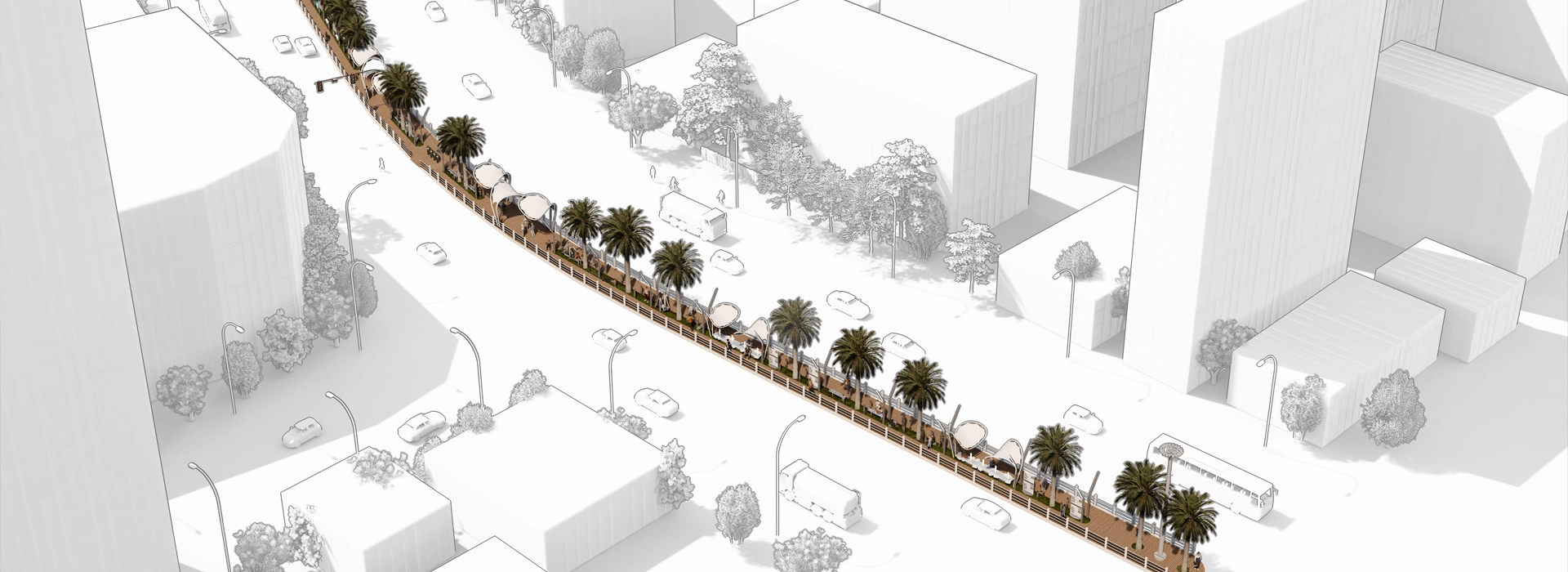

.webp)
In the ever-evolving landscape of architecture and urban planning, Building Information Modelling (BIM) and computational design have emerged as powerful tools for enhancing the design, planning, and construction of residential townships. These technologies are revolutionizing the way townships are conceptualized, visualized, and executed, offering significant improvements in efficiency, collaboration, and overall quality.
What is BIM?
Building Information Modelling (BIM) is a digital representation of physical and functional characteristics of a building or infrastructure. In the context of residential township master planning, BIM goes beyond simple 3D modelling; it encompasses the creation of comprehensive data models that integrate architecture, engineering, and construction (AEC) disciplines. BIM ensures that all stakeholders; from designers to contractors work with a unified, data-rich model that improves communication and reduces errors.
The Role of Computational Design
Computational design uses algorithms and software tools to create complex and optimized forms and structures. In residential township planning, it involves leveraging data to generate and test design solutions that are both aesthetically appealing and functionally efficient. Through computational methods, designers can model different scenarios and iterate on designs quickly, ensuring optimal use of space, resources, and utilities.
Key Benefits in Residential Township Master planning
The Future of BIM and Computational Design in Township Development
As technology continues to advance, BIM and computational design will play an increasingly central role in the development of residential townships. Future innovations in AI, machine learning, and real-time data integration will push the boundaries of what’s possible, allowing for even more efficient, sustainable, and user-centric designs. Moreover, as urbanization continues to rise, the demand for intelligent township master planning will only grow, making BIM and computational design indispensable tools for architects, planners, and developers alike.
In conclusion, the integration of BIM and computational design in residential township master planning and designing represents a transformative shift in the construction and real estate industries. These technologies not only streamline the design and construction process but also ensure that townships are built with sustainability, efficiency, and quality at their core. As the industry moves forward, the collaboration between these innovative tools will define the future of urban development.